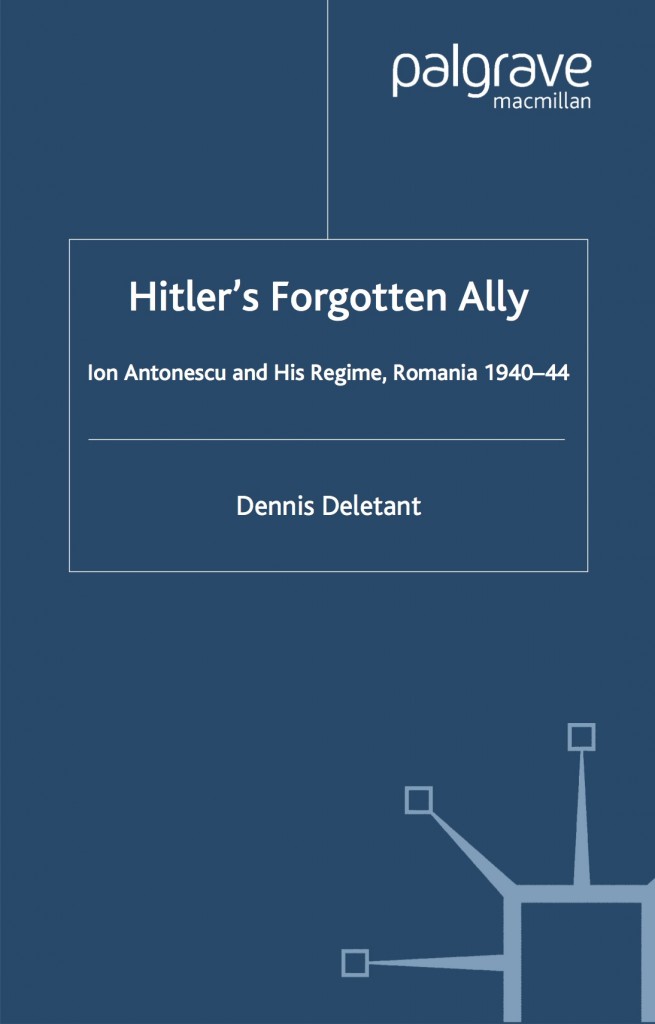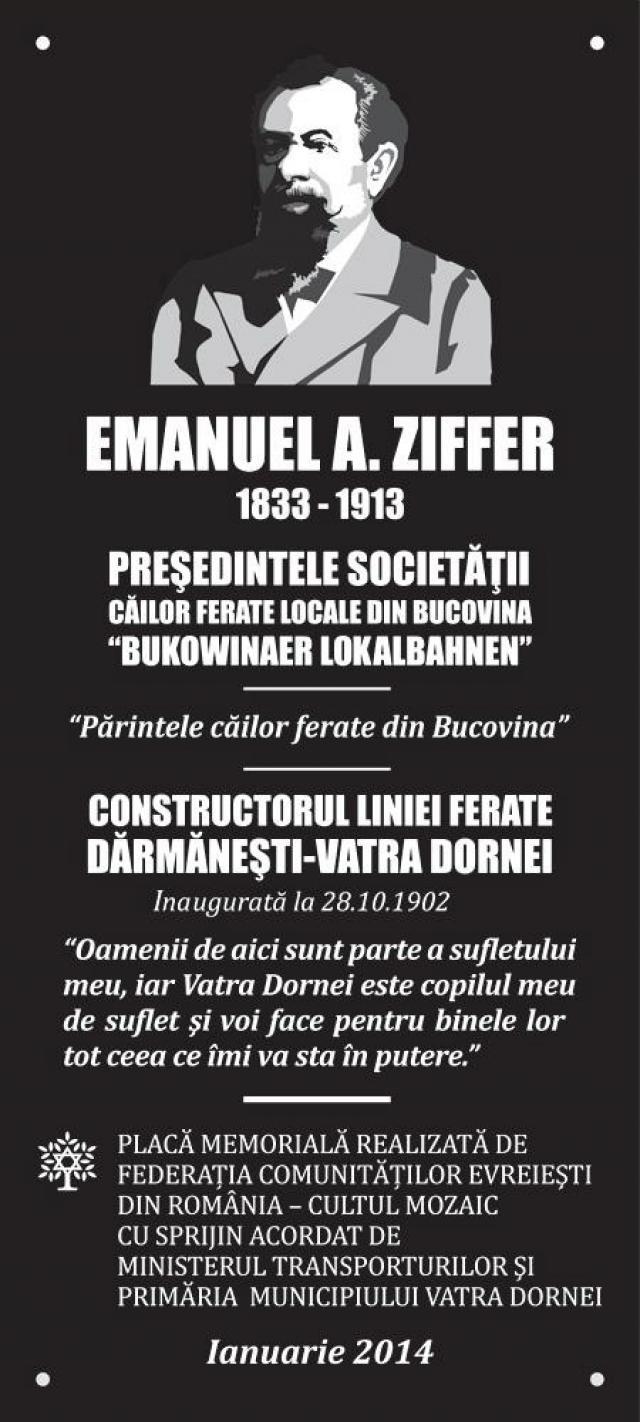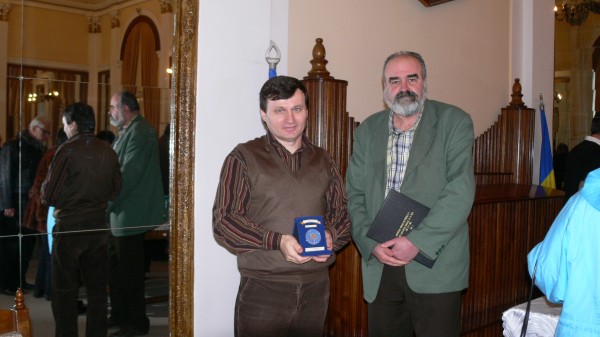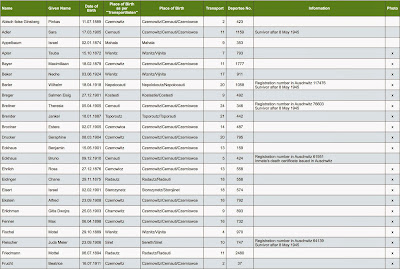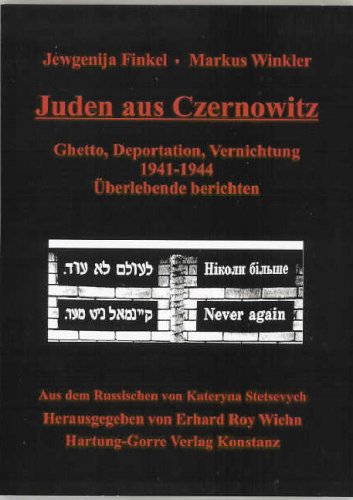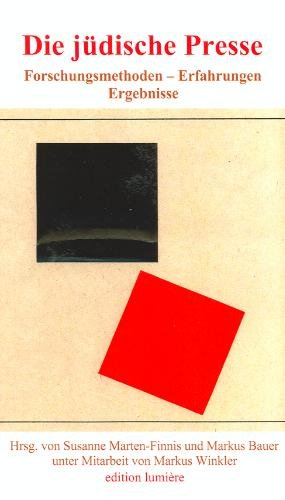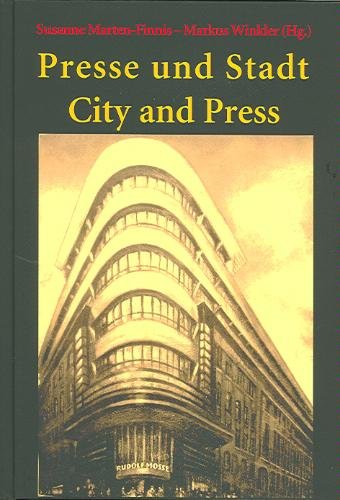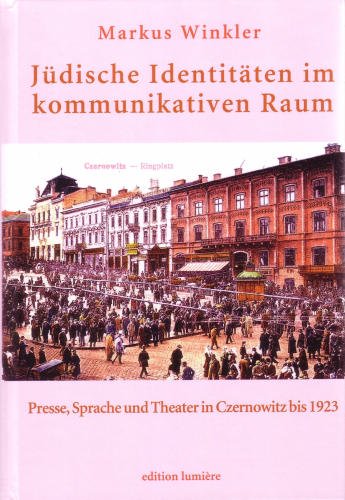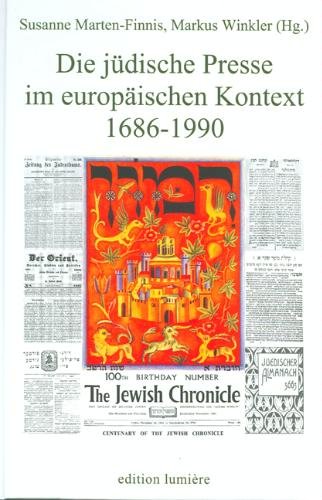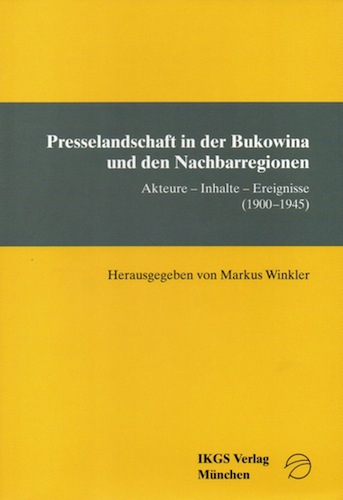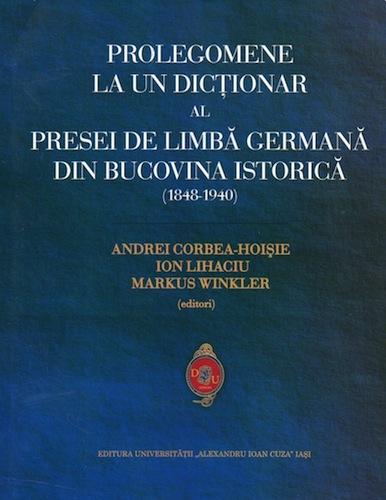Read more at:
“Monitorul de Suceava” (April 29, 2014)
History of the Solka Sanatorium by Dr. Joseph Poras (May 2006)
Solka: An Unlikely Story From A Place That Isn’t What It Used To Be by Iona (Jane) Rostos
“Die Stimme” article on Dr. Hermann Poras by Dr. Ferdinand Eisenhauer (February 1993)
Tag Archives: Bukovina
A Shtetl in the Caribbean
Read more and contribute to the realization of the project at:
http://www.cinecrowd.nl/een-sjtetl-de-cariben?language=en
Mark Wiznitzer: “Language and culture are so intertwined. My father left Vascauti (Vashkivtsi, Vashkowitz) 40 km from Czernovitz in Bukovina in 1927.He attended cheder and did not have the opportunity to complete his education because he left Romania with his older brothers while in his mid-teens. But he eventually learned to do business in 7 languages, including Japanese. But Yiddish was his first language, in which he wrote to his brothers using Hebrew letters. My maternal grandmother, having finished gymnasium in Dresden where my mother was born, and her Polish-born university-educated husband, spoke German. But their other European languages came in handy as they had their other children in France and Belgium, and settled first in Colombia, and ultimately in Curaçao. To assimilate, my grandfather added “Montevenado” to his name, a Spanish translation of his surname. And so the name on his gravestone in the ancient Jewish cemetery Beit Haim Blenheim reads “Max Hirschberg Montevenado”. My mother, having received a Dutch education in Curaçao was fluent in several languages. But she did not learn Yiddish until she and my father made it through WWII in Japan, where they lived with my father’s cousin from Czernovitz and socialized with other Jews from Eastern Europe, as well as Iraq and Syria. When my parents returned to Curaçao in 1946, Yiddish came in handy as the language of the growing Ashkenazi community, which had reached a sufficient critical mass to resemble a “Shtetl”. In Curaçao we Ashkenzi Jews were callled “Polacos” because the first to arrive came from Polish Galicia, ironically from Snyatin, immediately across the Cheremosh river from, and the nearest town to, my father’s birthplace. My childhood classmate, Sherman de Jesus, lived near our community’s Shaarei Tsedek synagogue and social Club Union. He was fascinated by our community early on. A successful documentary producer and director, he is now completing a film project on the Shtetl in the Caribbean. At the link above, there is a clip of some scenes shot so far in Bukovina, Belarus and Israel.”
Hitler’s Forgotten Ally – Ion Antonescu and His Regime, Romania 1940-1944
http://us.macmillan.com/hitlersforgottenally/DennisDeletant
http://www.humanitas.ro/humanitas/aliatul-uitat-al-lui-hitler-ion-antonescu-si-regimul-sau-1940-1944
European History Quarterly 01/2009 (Lucian N. Leustean): “The prime merit of the book lies in its systematic investigation into the tumultuous evolution of the Antonescu regime and into his personal life. In addition, the combination of historical details with societal factors brings new facets to this analysis. Thus, examination of the Iron Guard leadership and of religious confessions in Romania helps to decipher the atmosphere of those times. In addition, Deletant’s writing style makes the book a gripping read, revealing the intimate connections between the personal life of the dictator and the political evolution of his regime. These points, coupled with the fact that most probably Antonescu remained the only leader who could publicly contradict the Führer, offer an incisive image of ‘Hitler’s Forgotten Ally’.”
Commemorative Plaque for Emanuel A. Ziffer, “Father of the Bukovinian Railroad System”
Links:
http://hauster.blogspot.de/2013/10/the-honorary-citizen-of-czernowitz-from.html
http://www.vatradorneilive.ro/search/label/Stiri%20Vatra%20Dornei
http://www.monitorulsv.ro/Local/2014-01-22/Parintele-Cailor-Ferate-din-Bucovina-onorat-la-Vatra-Dornei
http://ehpes.com/blog1/2013/12/16/emanuel-a-ziffer-the-forgotten-honorary-citizen-of-czernowitz/
http://de.scribd.com/doc/180469996/Ziffer-parintele-cailor-ferate-din-BUKOWINA-pdf
http://ehpes.com/blog1/2012/11/03/iron-railway-fueled-by-gunpowder/
http://hauster.blogspot.de/2012/06/end-of-route-diversion-in-vatra-dornei.html
In due consideration of their engagement related to the acknowledgement of Emanuel Alois Ziffer’s role as the “Father of the Bukovinian Railroad System”, the Federation of Jewish Communities of Romania decorated Paul Brașcanu and Ilie Boncheș, the mayor of Vatra Dornei, by the Medal for Friends of Jewish Communities of Romania.
From Bukovina via Mechelen/Belgium to Auschwitz • 1942-1944
As a result of the meticulous and thorough research of the Kazerne Dossin Memorial, Museum and Documentation Centre on Holocaust and Human Rights, Mecheln-Auschwitz 1942-1944 is a trilingual series (Dutch, French and English) of four books dealing with the persecution and deportation of Jews and gypsies from the SS-Sammellager in the Dossin Barracks in Mechelen to Auschwitz. Only a few miles away fom the SS Camp Fort Breendonk, the Dossin Barracks were used from 1942 until 1944 as a transit camp for Jews and gypsies from Belgium and the North of France, assembled here to set out on their journey of no return to Auschwitz. The first part of the series presents the reader with a historical overview of the racist and anti-Semitic persecutions in Belgium and the North of France. It focuses on the complex and poignant story of the action, reaction and interaction between occupier, occupied and persecuted, confronted with the final solution. It also relates the history of each individual transport.




Parts two and three show us the portraits of 18,522 out of 25,259 deportees, wagon by wagon and transport by transport. These pictures literally give the genocide a face. Among these portraits we succeeded to identify 97 out of 104 deportees, who had their roots in Bukovina. Leon Messing, born on 12 June 1927 in Czernowitz, was 15 years old and the youngest deportee from Bukovina on the date of departure of Transport 10 on 15 December 1942. The oldest deportee from Bukovina was Abraham Moses Reder, born on 17 August 1866 in Czernowitz, i. e. he was 76 years old on the date of deportation on Transport 11 of 26 September 1942. Just like my uncle Maximilian Hauster, born on 26 November 1909 in Czernowitz, deported with Transport 19 of 14 January 1943, neither would return in 1945.

































































































Part four contains the revised and corrected alphabetical list of names of the victims, together with biographical information about their personal fate. We have excerpted from this database those 104 deportees, who originated from Bukovina and compiled a listing in alphabetical order, which is available for download as PDF file by clicking just here or on the picture below.
Only two women and two men out of 104 deportees survived after 8 May 1945: Sara Adler and Theresia Breitner from Czernowitz, Wilhelm Berler from Nepolokoutz and Juda Meier Fleischer from Siret. 96,2% of the people originated from Bukovina deported on these in total 28 Transports were wiped out.
Pruth Journey 2013
International Conference in Czernowitz: Literature • Culture • Civil Society
PLEASE CLICK ON THE PICTURES TO ENLARGE!


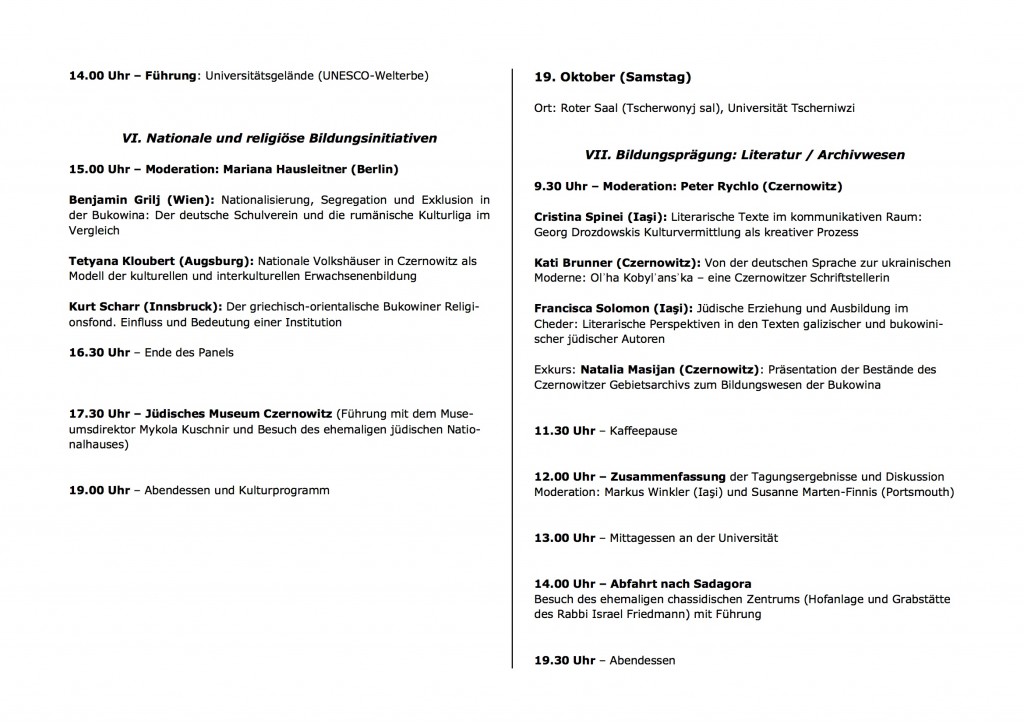

PLEASE CLICK HERE FOR A PDF VERSION OF THE CONFERENCE PROGRAM!
Organization and Scientific Convenorship:
Dr. Markus Winkler – Lecturing Desk for German Studies Al. I. Cuza University Iași
LES ARPENTEURS – Le tourisme de la mémoire
LES ARPENTEURS : LE TOURISME DE LA MÉMOIRE
Dans les rues de Tchernivtsi, en Ukraine, Sylvie une jeune retraitée française, cherche l’ancien atelier de son oncle tailleur. Sa famille a perdu sa trace en 1941. À Lviv, autre ville ukrainienne, c’est Antonin, étudiant de 22 ans, qui entame avec sa grand-tante un périple émouvant dans son histoire familiale. Eux aussi sont à la recherche d’un aïeul disparu. Quant à Orane et Rémi, frère et sœur d’une trentaine d’années, c’est la Pologne qu’ils sillonnent, enquêtant sur la disparition de leur grand-oncle Léon.
Chaque année, de nombreux Français consacrent leurs vacances à tenter de retracer le destin de leurs ancêtres juifs. Ces derniers vivaient en Europe Centrale où des familles entières ont été les victimes de ce que les historiens appellent la « Shoah par balles ». Ainsi, en Ukraine, plus d’un million de Juifs ont été fusillés par les Nazis.
Ces touristes de la Mémoire portent un nom : les Arpenteurs. Ils sont aidés par des guides locaux qui préparent leur voyage, collectent indices et documents d’archives, repèrent les lieux ou retrouvent des personnes qui ont pu connaître leurs parents disparus. Un long travail fait de patience et d’obstination qui permet, parfois, de renouer les fils d’une histoire familiale souvent tragique.
Un reportage en forme de témoignage signé Renaud Lavergne et Vincent Barral
Bukovina Shaolin from Romania
The Jewish Heritage at Poemas del río Wang
 Please click on the photo in order to access
Please click on the photo in order to access
“The Jewish Heritage at Poemas del río Wang”

